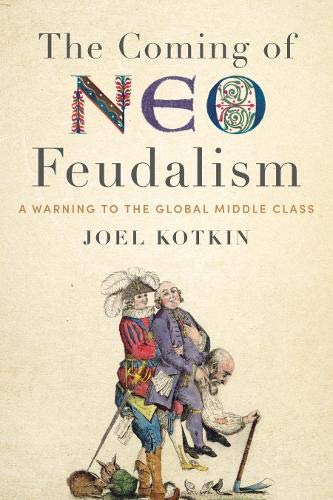
Net zero and decarbonization pledges are a dime a dozen.
Earlier this month, the Australian government released an update to its “Net Zero in Government Operations Annual Progress Report.” The 65-page document is a marvel of bureaucratic navel-gazing. It takes a deep dive into the “Australian Public Service Net Zero by 2030 target,” including discussions of “emissions factors,” as well as scope 1, scope 2, and scope 3 emissions on everything from airplane flights to rental cars. The document has some laughably precise numbers. It claims electricity-related emissions totaled exactly 1.697 million tons of CO2 and that “38.29% of electricity consumed in 2023-24 was certified renewable electricity.”
Numerous other countries are touting their net zero plans. The German government has a target of net zero emissions by 2045. The UK’s net zero target is 2050. Canada plans to hit net zero by 2050. So does the EU, Japan, and South Korea. The Biden administration — remember them? — pledged that the US would achieve net zero “no later than 2050.” Notably, China and India also have bold decarbonization plans, with India targeting net zero by 2070, and China claiming it will hit net zero “before 2060.”
Of course, California has an aggressive decarbonization scheme. It is committed to a “just and equitable transition to carbon neutrality by 2045.” Making that happen, the state says, will require “significant” reductions in greenhouse gas emissions, removing CO2 from the atmosphere, and “working across all sectors.” California is hardly alone. According to the Clean Energy States Alliance, 24 states, Puerto Rico, and the District of Columbia, have “100% clean energy goals.”
But there’s a China-size gap between these decarbonization pledges and the ever-increasing global demand for hydrocarbons. According to the International Energy Agency’s Global Energy Review, which was released today, hydrocarbon growth again exceeded the growth in renewables last year. The report also shows that oil, natural gas, and coal provide more than five times as much primary energy to the global economy as the political darlings of the moment.
According to the IEA, oil consumption increased by 0.8%, and natural gas use jumped by 2.7% in 2024. While oil and gas are pivotal fuels, the global climate story continues to be defined by coal. Last year, global coal use increased by 1%, and power generation from coal plants totaled 10,700 terawatt-hours, a new record. The IEA’s reports show that soaring coal use and electricity demand in China (population: 1.4 billion) and India (population: 1.4 billion) is swamping all the climate policies and decarbonization efforts in the US, Canada, Europe, Japan, and South Korea.
Read the rest of this piece at Robert Bryce Substack.
Robert Bryce is a Texas-based author, journalist, film producer, and podcaster. His articles have appeared in a myriad of publications including the Wall Street Journal, New York Times, Forbes, Time, Austin Chronicle, and Sydney Morning Herald.
Photo: A mine in the Jharia coalfield near Dhanbad, a city known as the “Coal Capital of India.” Source: Nitin Kirloskar via Flickr under CC 2.0 License.












